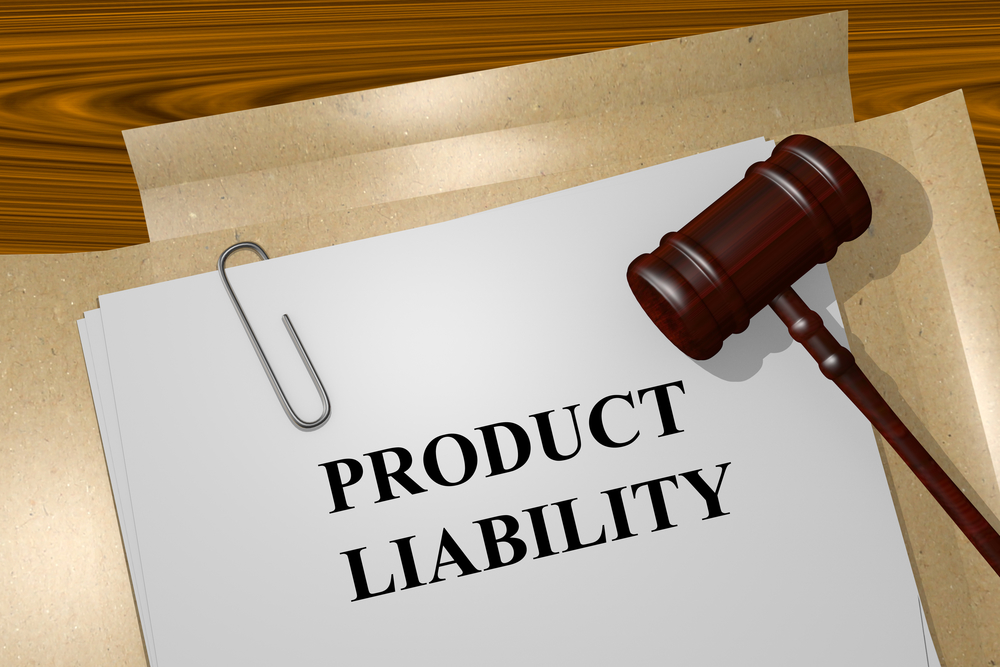 If you’ve ever been injured by a product, you may have grounds to file a product liability claim. However, it’s important that you first understand the three general categories of product liability. Understanding these categories will help you to determine if you have a valid case, and will impact the strategy that you and your liability attorney pursue. Here’s what you need to know.
If you’ve ever been injured by a product, you may have grounds to file a product liability claim. However, it’s important that you first understand the three general categories of product liability. Understanding these categories will help you to determine if you have a valid case, and will impact the strategy that you and your liability attorney pursue. Here’s what you need to know.
Defective Design
The first product liability category covers products that have an inherent flaw in their design, which can make them defective or even dangerous. This would mean that the entire line of products is potentially dangerous; typically, when this type of defect is discovered, the manufacturer will issue a recall on the product. However, if you were injured by a defectively designed product, you can still pursue legal action to receive compensation for your injuries.
Some common examples of product liability cases in this category include:
Often, when a product has a defective design, there are many people who are injured by the product before the recall is issued. This means that class action lawsuits may already be taking place against the manufacturer, so you should look into this if you’ve been damaged by a product with a defective design.
It’s important to note that you have to be able to prove that the product’s defective design directly resulted in your injuries. For example, if you crashed a car that was prone to flipping, but the vehicle didn’t actually flip in the collision, you could not sue the manufacturer for your injuries. However, if the vehicle’s faulty design directly resulted in the crash (i.e., you turned a sharp corner and the vehicle flipped, when another vehicle likely would not have), you can pursue a product liability case.
Defective Manufacturing
The second category applies to products that were defectively manufactured. This means that the flaw occurred when the product was being made, rather than the flaw being in the design of the product. Typically, this means that the product that caused the injury is somehow different from the rest of those in the store.
Here are a few examples:
In each of these examples, the issue lies in the individual item, rather than the entirely line of products. These were errors made when the product was being assembled.
Again, if you were injured when using a defective product, you would have to be able to prove that the defect directly caused your injury. If you are injured when riding your bicycle, you would need to prove that the missing brake pads were directly responsible for your crash and the resulting injuries, as opposed to the crash simply being caused by poor steering or other circumstances unrelated to the bicycle’s construction.
Inadequate Warnings or Instructions
The final category for product liability claims involves a failure to provide sufficient instructions or warnings for the product to be properly used. These claims typically involve a product that is dangerous in some way that may not be obvious to the average user, or one that requires the user to take particular precautions when using the product.
Some examples that might fall into this category are:
In these cases, you would need to once again prove that your injury was a direct result of the lack of warning or instruction. Additionally, you would need to prove that the danger of the product was severe enough to require the warnings or instructions. For example, if you burned yourself while using your new pressure cooker, you would need to prove that (1) you were burned by the steam released, and not by touching the hot pot, and (2) that it was unclear how to release the pressure while avoiding the steam, or that the potential for injury was unclear.
If you’ve been injured by a product, and you believe your situation falls into one of the categories outlined above, please reach out to our attorneys. We can help you to pursue a product liability case or join a class action lawsuit to receive compensation for your injuries.